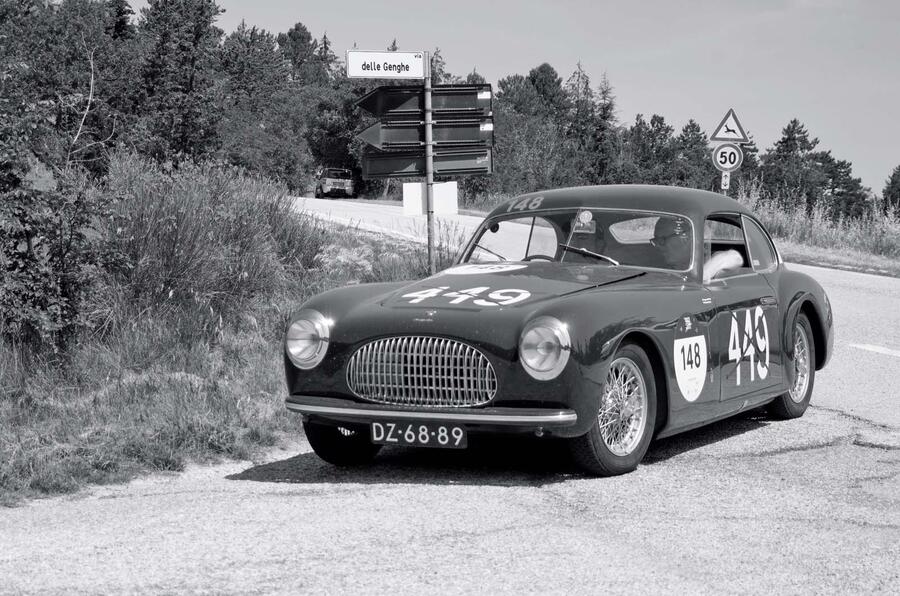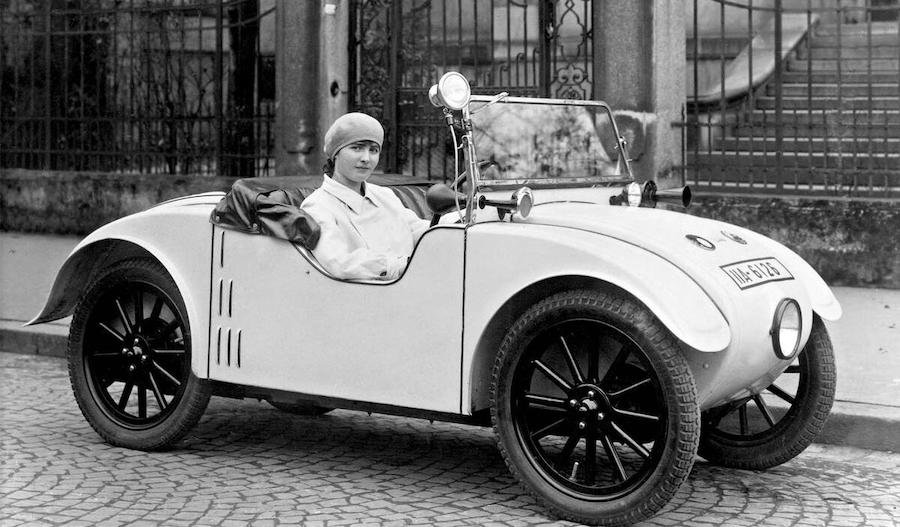Every time a properly ‘vintage’ car appears in these pages, a colleague remarks: “The problem with old cars is they all look exactly the same.”
Even as Autocar’s biggest history nerd, I find this difficult to totally refute, genre of car aside.
All had that same in-sweeping bonnet, terminating in a vertically oblong grille between two high-mounted, circular headlights, flanked always at the front and often at the rear by separate wings over the wheels. So when did this stop being the case?
You might propose the point when aerodynamics crossed over from the aeronautical industry and the resultant ‘streamliners’.
But the main thing that makes those cars look (relatively) modern is their wheels being situated within their bodies – and those developments weren’t mutually exclusive.
The first streamliner to make production, Edmund Rumpler’s Tropfenwagen (‘waterdrop car’) of 1921, had an appearance that Autocar described as “quite unconventional but not unsightly, with no externals whatsoever”, but in fact its wheels were still enclosed by no more than mudguards.
At the same time, two of his contemporaries, Aurel Persu and Paul Jaray, penned some ungainly streamliners with ‘enclosed’ wheels, but none ever came to fruition.
Then, in 1923, Ettore Bugatti left everyone gobsmacked with his new grand prix racer. Autocar said of the Type 32: “It’s entirely original so far as its outline is concerned.
The dominating idea is that of a deep-section aeroplane wing, with a dead-flat undersurface, and the entire car brought as near the road as possible.
The whole of the front end is enclosed, and except for the starting handle it is impossible for the onlooker to distinguish one end from the other.” We thought it “reminiscent of a tank”, and indeed that became its popular nickname.
Surely more noteworthy, though, was German firm Hanomag’s 1925 unveiling of the 2/10PS, a single- cylinder baby, for this was the first production car to incorporate its wings into its body sides.
Germans promptly nicknamed it the ‘Kommissbrot’ after the bread loaves rationed by the army.
“The chassis contains so many extraordinary and novel features as to make one’s hair stand on end,” reported Autocar. “It is one of the queerest small freaks.”
We couldn’t see why anyone would buy it at £132 (£6740 in today’s money) when the four-pot Austin 7 was £149 (£7610), and indeed few did.
Enjoy full acccess to the complete Autocar archive at themagazineshop.com
So the idea didn’t catch on – not until the period of rebuilding after World War II, when understanding of aerodynamics had advanced, monocoque construction was increasingly superseding body-on-chassis and shortages meant materials had to be used as sparingly.
In 1947, nascent Italian sports car brand Cisitalia rolled out its 202 coupé, bodied by Pinin Farina in lightweight aluminium, and described by Autocar as “beautifully streamlined and finished”.
So seminal was the 202 that it would later become the first car acquired by the Museum of Modern Art in New York, which said of it: “This radical design eschews the ornamentation and separation of parts typical of cars of the period in favour of a unified structural skin, [which] seems formed by nature rather than by human hands.”
Standard’s Vanguard didn’t move us in quite the same way, but “with wings, radiator and headlamps all submerged in the body”, this four-cylinder family saloon was “a fine example of the latest trends in automobile styling”, we said in 1947.
In fact, it was the first British car to embrace what had become witheringly known as ‘pontoon’ or more kindly ‘envelope’ styling.
Similarly, over in the US, Kaiser-Frazer and Crosley burst into the future with their own smooth-sided cars, and then modernity arrived in Germany in the pretty shapes of the Borgward Hansa and Mercedes 180.
From then on, car makers had far more scope to give their designs individual characters, especially as metal-shaping methods improved, and even more so from 1960, when the first non-round headlights were produced – but that’s another story.


Notícias Relacionadas

